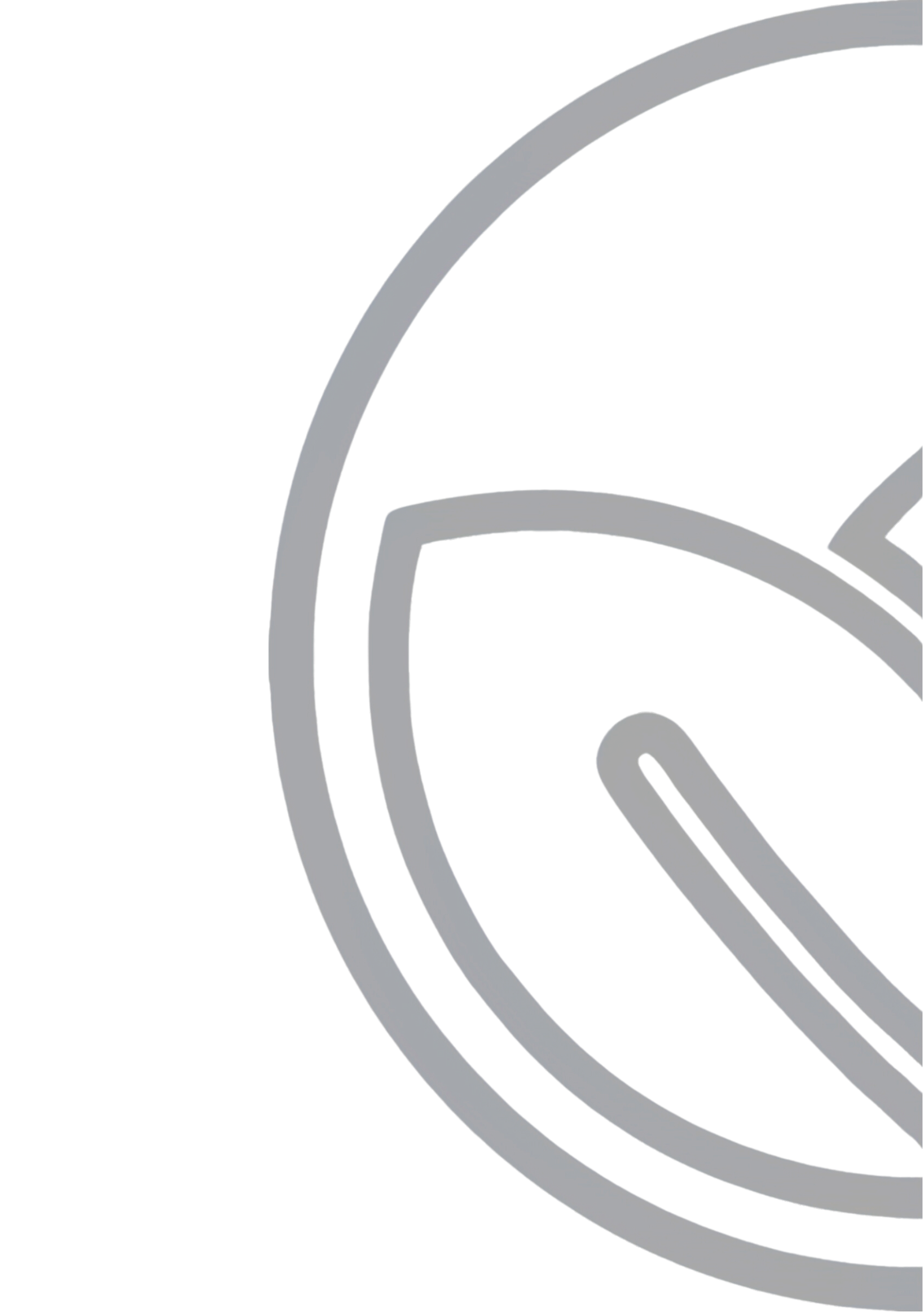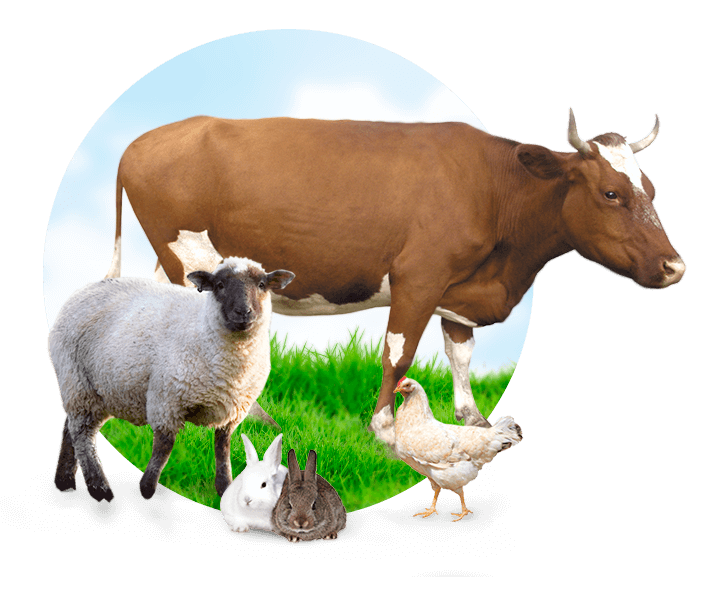
- Главная
- Новости
- “Saving on fertilizer is a waste of time. Because nutritional deficiency immediately affects the product, its yield”, Sagidolla Syzdykov, Financial Director of Magzhan and K LLP.

The farm household that harvested a record crop during a drought
Last year, the country’s agricultural industry was hit hard by the drought. However, in the south of Kazakhstan there is a farm that, thanks to efficient farming technologies, was able to collect record harvests. This farm is Magzhan and K LLP in the Kyzylorda region, which has been growing rice, wheat and alfalfa for 28 years. Last year, this LLP sowed rice on an area of 5,100 hectares and collected 64 centners per hectare, when the average for the region does not exceed 50 centners. Representatives of the company, after summing up, shared their successful experience.
Updated fertilizer method
The engineering system of rice cultivation was established during the Soviet era. Storage, sowing, care, feeding and collection of seeds are carried out in accordance with the technological process. But for the yield of new varieties, there was a need for modern methods.
Askar Aliakbarov, an agronomist of the Partnership, says that new varieties cannot be fertilized in the traditional way.
“Therefore, we have revised the system of applying mineral fertilizers and radically changed the way the seeds are fed. For the main nutrition in the spring, we use only ammophos and ammonium sulfate. In summer, there is urea for processing during the growing season. Most farms do not pay much attention to top dressing during the growing season, and this event is held only once per season. We have established a double foliar top dressing on an ongoing basis. Only in this case the plant will receive the necessary amount of nitrogen,” he says.
According to scientists, there are enough phosphorus and potassium elements in the soil. But they are not in the form that is absorbed by the plant. Only a small amount of it is converted into a digestible form, but does not reach the plant.
“For example, if we take a 5-year-old sowing of rice, then ammophos is enough for the seeds for the first year. Then in the summer we additionally fertilize 1 time with carbamide. In the second year we apply a little more fertilizer. Rice of subsequent years is sown with an increased amount of ammophos and ammonium sulphate. Rice of the second year is given 1 time for 200 kg of ammonium sulphate, 150 kg of ammophos and 100 kg of carbamide per hectare. After, rice of the third year is also fed according to the standard. Its dosage is as follows: 150 kg of ammophos, 300 kg of ammonium sulfate, top dressing – 2 times. For the first feeding, 100 kg is spent, for the second feeding 50-70 kg or another 100 kg of fertilizer. Of course, there may be slight deviations depending on the variety, type of seed. We determine all this after consulting with Russian scientists”, the specialist said.
Fertilizer application phase must also be strictly observed. There is no benefit from fertilizer applied too early or too late.
“When loosening the soil, about 10 cm to a depth, sprinkle with ammonium sulfate. Ammophos can be introduced along with rice or during cultivation, which is carried out before sowing. Top dressing should be carried out without fail and is carried out in the phase of hilling rice. This is the time of formation of 3 to 9 leaves. It should be remembered that depending on the temperature within 7-10 days the rice will push out and the growth phase will begin. Usually, we do the second top dressing no more than 20-25 days after the start of the hilling phase. Fertilizing with nitrogen fertilizers after hilling has no effect. The need for phosphorus and potash fertilizers increases at the stage of booting and heading. The plant receives phosphorus only in July. We use phosphorus to feed the plant in the spring. At this time, phosphorus dissolves and is in a digestible and accessible form for plants. Therefore, I constantly tell farmers that it is necessary to strictly observe the specified deadlines and timely complete the entire range of works.
Another thing that has been upgraded is that the fertilizers have been placed in a big bag that weighs up to 900 kg. Previously, 7-8 people were involved in unloading and loading fertilizers in 50 kg bags. Now this work is mechanized, the bags are lifted by a crane and seeds are immediately sown.
As a specialist, I want to say again that farmers should not be limited to sowing only 1 variety. Simultaneous sowing of at least 2-3 varieties helps to avoid plant diseases.
Laser alignment is an effective way to save water
Although we are preparing carefully for each season, but alas, weaknesses are still revealed.
I would say that our main mistake is that we do not level the ground. Levelling of rice fields was carried out before, but no special attention was paid to this. In our farm, laser leveling of sowing fields is carried out. A laser is installed above the ground leveling machine. One radiates, the other receives. The technique levels the surface of the field. This technology was invented by the Italians. When we were in this country, we became more familiar with this technique and became convinced of its advantages. Neighboring Russia turns out to have switched to this method a long time ago.
The leveled surface saves water, the water level is maintained evenly. Rice grows in a flooded area. The plot area is from 1 to 7 hectares. On the territory of the region, 2.5 hectares are mainly allocated. Our water level is maintained up to 25 cm. If the area is not even, then water accumulates somewhere in small quantities, and somewhere abundantly. This will affect the crop yield. Therefore, now some farms in the region have begun to widely use this method.
As a result, firstly, the secret of a good harvest lies in the correct choice of varieties that will be sown. Secondly, the use of modern technologies such as land leveling. Thirdly, the correct use of fertilizers. Thanks to such complex measures, good results can be achieved.
Fertilizer was chosen instead of technology
According to the financial director of Magzhan and LLP K Sagidolla Syzdykov, the company is fully prepared for the new season. “Fuels and lubricants are issued by the distributor operator in a fixed amount, depending on the size of the farm’s land. During spring work and at the beginning of the harvesting, we divide it among ourselves. Regarding fertilizers, each business executive decides for himself from whom, in what volume he will acquire.
We purchase ammophos produced in Kazakhstan, while carbamide and ammonium sulfate are supplied from Russia and Uzbekistan. We order once a year in sufficient quantities, in September-October, before prices get higher. Our company is financially stable. Therefore, there is a choice. Attention is paid not only to the cost of fertilizers, but also to the company’s readiness for feedback, the service provided, and the delivery of products. At the same time, product quality is important. The idea that by saving on fertilizers you can reduce costs is a mistake. As for our household, 30% of the total expenditure goes to fertilizers, 20% to fuel and lubricants, the rest goes to workers’ wages, utility costs, and the purchase of necessary spare parts for equipment. That is, the bulk of the costs are fertilizers. However, we cannot deny the cost-effectiveness of them. Because nutrient deficiency immediately affects the product, its yield.
At each enterprise, expenses are divided into fixed, capital and operational. Fertilizer is a fixed cost. This year, its price has increased significantly, which means that other positions will also decrease. It was planned to renew the park of machinery and to buy one agricultural machinery every year. This year we have put it on hold. We will not be able to allocate a budget for both fertilizer and equipment. Instead of machinery, we chose fertilizers and gave them priority”, said a company representative.
For the current season, the enterprise received 1,300 tons of granulated ammonium sulfate, 800 tons of urea and 760 tons of ammophos.
Expenditure of peasants in excess
This year we are seeing price increases. Costs directly affect the cost of finished products and services. This is the law of the market. So, earlier agricultural producers received phosphorus at 140 tenge, this year its price increased by 220 tenge, carbamide rose from 110 tenge to 330 tenge. The price of ammonium sulfate increased from 75 tenge to 200 tenge, respectively. If last year the cost of fuel and lubricants was 164 tenge, now it is 195.
“The company’s costs have increased by at least 30-40 percent. There is financial stability, an accumulated fund, thanks to which the work is going on. And in small farms the situation is completely different”, says Sagidolla Magauievich.
Kazkem conducts agrochemical soil analysis
According to the company representatives, in 2014 an agrochemical analysis of the soil composition was carried out. However, we do not have the results of the analysis. Therefore, it is difficult to say exactly about the composition of the soil, its productivity.
We bought ammophos from Kazkem. They organize soil analysis free of charge as part of the services provided. They take samples from the field and analyze them themselves. This, of course, is a very convenient and necessary measure. According to the results of the study, in the coming days, scientific work is planned to enrich the land with minerals and fertilizers, and increase fertility.
Water of the Syr Darya or an unresolved problem
For Kyzylorda farmers, the main problem is the lack of water. This question from year to year is becoming more and more relevant. Peasants are forced to reduce the area under crops. Already now in Kyzylorda they began to talk about reducing the supply of water from the Syr Darya. The exact volumes will be known in the near future. In this regard, farmers have reduced the area under rice and switched to sowing wheat and alfalfa.
Magzhan and K LLP this year planned to grow rice on an area of 5,000 hectares. Due to water shortage, the sown area is reduced by 300 hectares and amounts to 4,700 hectares.
“We have mastered the technology needed to grow rice. We got the necessary equipment. We were getting ready. Now, of course, it is illogical to say that instead of solving the water problem, we need to reduce rice crops. This solution to the solve the problem is wrong. How many minerals we have, how much oil we have. We need to find at least some way out, for example, in exchange for water. If we do not grow rice, then tomorrow we will be forced to purchase it from the external market,” S. Syzdykov said.
Last year, rice was sown in the region on an area of 90,000 hectares. There are suggestions that this year there may be enough water for only 70,000 hectares.
One of the main operations was forced to reduce
“Last year, due to the drought, in many places we did not burn straw after harvesting so that residents could graze their cattle. It was a proposal of both the local executive authorities and the population. And according to technology, we burned rice straw and prepared the land for the next year. In addition, there is the consumption of fuels and lubricants for plowing the land. Considering all this, we are reducing one main operation,” said agronomist A. Pernebekuly.



